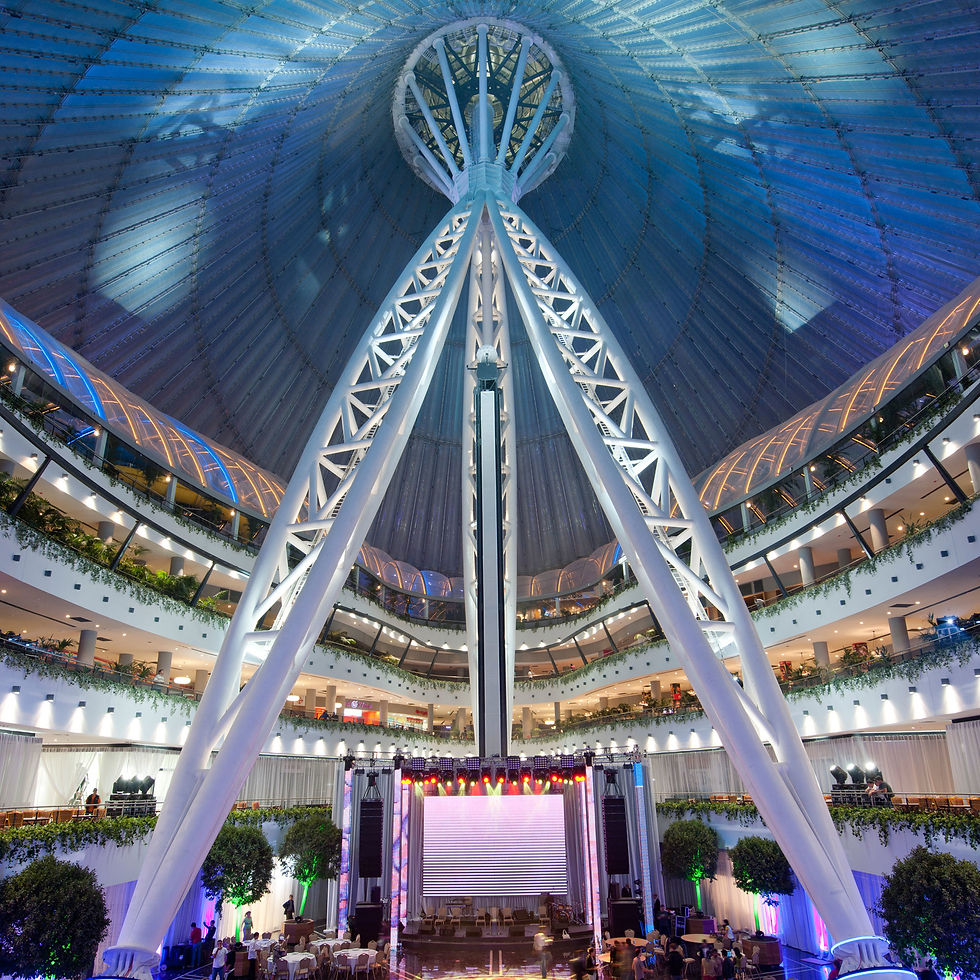

Facts:
Description:
the architects
Text description by
The practice’s first office building in Russia, the RCC Headquarters in Ekaterinburg reimagines the conventional cellular office to set new standards in quality, comfort and flexibility. The 15-storey building’s innovative modular office units are enveloped in an energy efficient enclosure, which provides a distinctive symbol for the organisation.
RCC is one of the world’s leading producers of copper and the triangulated form draws inspiration from the chemical structure of copper. The crown of the building integrates RCC’s new logo – a rebranding which has, in turn, been inspired by the architecture. The starting point for the office floors was to reinvent the headquarters as a ‘house for staff’ – instead of the conventional large, communal workspaces, the rooms are of a more intimate, domestic scale. The practice’s workplace consultancy group analysed the client’s operations and helped to devise the innovative modular system for these rooms. This was then developed with the in-house engineering teams to enable rapid construction and ensure ideal levels of natural daylight for concentrated work. Each two-storey module comprises a pair of offices, stacked one on top of the other – this is expressed externally through the double-storey cladding module. The modules are arranged in rows on either side of a central hallway, which functions as a breakout space, with lounge seating and views of the city through the glazed lift shaft. At level fifteen, the space is top-lit to create a flexible space for company-wide gatherings and events.
The design targets a BREEAM Excellent rating. Responding to Ekaterinburg’s wide temperature range between seasons – often from +30C to -30C – the balance between solid and glazed areas is designed as a reaction to low level winter sun, while mitigating the heat of direct sunlight during the summer. The site overlooks the city and the recently landscaped riverbank. Extending this greenery to the base of the building, the footprint is shifted to create a private garden for staff. The landscaping echoes the cellular internal arrangement, with a sequence of ‘external rooms’ that provide peaceful spaces for staff to relax and eat lunch. Further facilities within the building include a video conference room and boardroom, meeting spaces and an executive dining area.
Team
In This Project:


Presentation / Gallery:
.


Plans & 2Ds:
Materials Used:
More Projects by
Foster + Partners
About
Foster + Partners :
Foster + Partners is a global studio for sustainable architecture, urbanism, engineering and design, founded by Norman Foster in 1967. With offices across the world, the practice works as a single entity that is both ethnically and culturally diverse, with people central to all our endeavours. Practice Structure The partners, who are all shareholders, are the core of the practice. They are central to our continuing evolution and take responsibility for all projects, which are shared amongst our architectural studios. Maintaining the design ethos of the practice, the Design Board reviews every project at all its different stages. Day-to-day management of the practice is provided by the Management Board, which is drawn from the wider group of senior partners and partners. The Partnership Board then oversees the strategic direction of the entire practice. source: fosterandpartners.com















































































